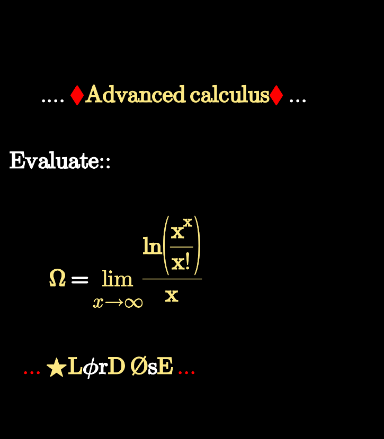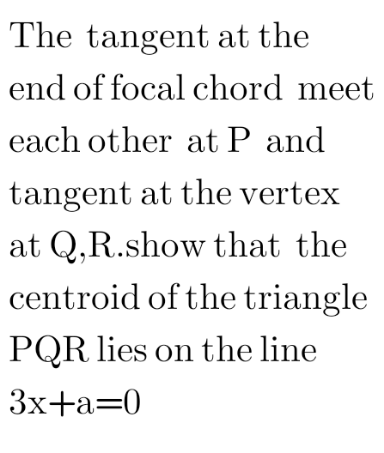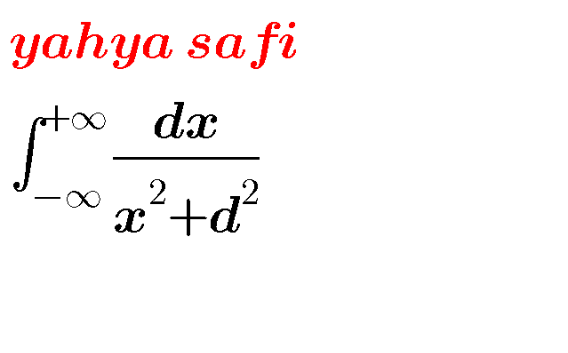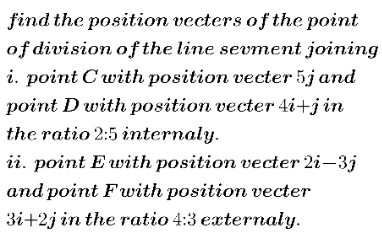
AllQuestion and Answers: Page 993
Question Number 119425 Answers: 1 Comments: 0
Question Number 119421 Answers: 2 Comments: 1
Question Number 119408 Answers: 1 Comments: 1
Question Number 119401 Answers: 2 Comments: 0
Question Number 119397 Answers: 2 Comments: 1
Question Number 119396 Answers: 3 Comments: 1
Question Number 119395 Answers: 1 Comments: 0

Question Number 119391 Answers: 1 Comments: 0
Question Number 119390 Answers: 2 Comments: 0
Question Number 119386 Answers: 2 Comments: 0
Question Number 119376 Answers: 3 Comments: 2
Question Number 119366 Answers: 3 Comments: 0
Question Number 119373 Answers: 4 Comments: 1
Question Number 119372 Answers: 2 Comments: 0
Question Number 119356 Answers: 1 Comments: 2

Question Number 119364 Answers: 2 Comments: 0
Question Number 119335 Answers: 2 Comments: 0
Question Number 119327 Answers: 2 Comments: 0

Question Number 119324 Answers: 0 Comments: 0

Question Number 119323 Answers: 1 Comments: 4

Question Number 119314 Answers: 1 Comments: 5

Question Number 119306 Answers: 3 Comments: 0

Question Number 119303 Answers: 3 Comments: 0
Question Number 119298 Answers: 1 Comments: 0

Question Number 119295 Answers: 1 Comments: 0
Question Number 119293 Answers: 1 Comments: 0

Pg 988 Pg 989 Pg 990 Pg 991 Pg 992 Pg 993 Pg 994 Pg 995 Pg 996 Pg 997
